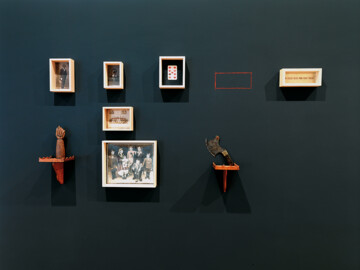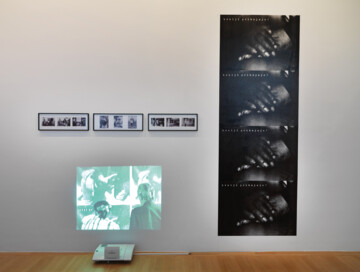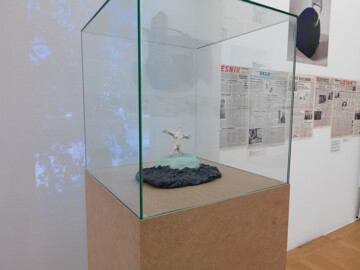Interdependence is a mutual dependence between things and it's often used to describe complex systems. In biology there is a great deal of interdependence between plants and animals which varies from: commensalism (when one of two different organisms receive benefits from the other without damage), parasitism (when one of two different organisms benefits from the other by causing damage to the other), symbiosis (when both of two different organisms benefit from each other without any damige), reciprocality (a relation of mutual dependence or action or influence), sharing (using or enjoying something jointly with others), trophobiosis (a symbiotic relation in which one organism protects the other in return for some kind of food product), etc.
In organisational structures there are four levels of interdependence: pooled interdependence (low level of interdependence and conflict while drawing resources from a shared source), sequential interdependence (the output of one unit becomes input for another unit), reciprocal interdependence (a network of two way relationships), comprehensive interdependence (hi-level organizational structure based on combination of other levels of interdependence).
The product-driven society, which is mirrored in the art system, results in art that is created for the market, and then judged and traded just like stocks. Caught in the vise of the market – with it's “laws” of supply and demand – and the production, art becomes adapted to the desires and tastes of buyers, collectors, and commercial galleries, all trying to cash in on the popularity of a certain trend or artist. This may compromise the quality of art, as in many cases ethics is replaced by aesthetics, content by taste, and quality by quantity.
One of the oldest and the most developed organisational structures in the art system is a museum. The basis for the professional working of a museum – collection policy, programming and exhibition activities, publishing, education, public communications, and marketing - is a coherently conceived vision. But today, when museums seem to focus principally on ways and means of marketing their collections and collection-related content, it is necessary to be aware of the dangers of marketing-based approaches in the conception of museum polices. I'll call such collections and their host institutions product-based museums.
The term stems from the marked dictated distinction between product- and project-based art, and it follows that there are project-based institutions as well. I could argue that the institution we're currently in (based around it's forward thinking 2000+ collection of Central and East European art) is an example of a project-based institution. However, I will present few other examples on a much smaller scale. I'm talking of the role that is played by artists' museums with their own collections in ex-Yugoslavia.





